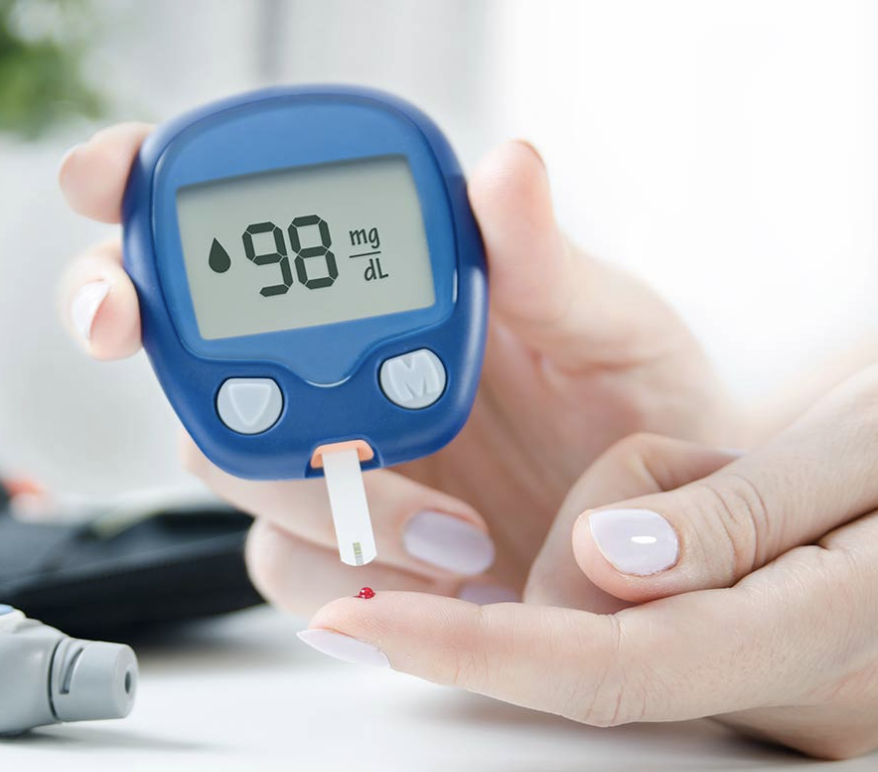 |
|
Certain HbA1c levels may help determine a diabetic patient’s chances of developing DR. Photo: NetMeds. |
Editor’s Note: As part of our “Year in Review” retrospective, we’ve selected the top 30 news stories of the year and are re-sharing them as we close out 2022. Follow along as we count down to number 1!
This story was originally published on November 2, 2022.
No. 14 biggest news story of 2022:
Individuals with diabetes devote much effort to continuously tracking their hemoglobin A1c (HbA1c) levels, as it dictates many of their health-related decisions and dietary choices. It turns out this metric is also the best care evaluation measurement for diabetes-related eye conditions due to a strong correlation between the test results and disease complications. A recent cross-sectional study aiming to assess whether HbA1c can predict diabetic retinopathy (DR) in type 2 diabetes found the prevalence of DR in these patients to be almost 30% with an HbA1c cutoff point of 8.15 for detecting DR as a disabling complication in diabetes.
A total of 168 diabetic patients were selected via the convenience sampling method. Data was collected through questionnaires and laboratory testing. To estimate the HbA1C cutoff point, formal measures of classification performance, model evaluation criteria and a decision tree were employed.
The researchers reported the prevalence of DR among type 2 diabetic patients to be 29.8% among the study participants. The receiver operating characteristic curve and decision tree showed the optimal cutoff point for the HbA1c variable that separated patients with and without DR to be 8.15 with a sensitivity and specificity of 0.583 and 0.701, respectively. The researchers noted that this high-specific cutoff point can effectively identify patients without retinopathy in the first stage of the disease.
“This cutoff point can be used to guide evidence in several clinical judgments,” they wrote in their paper. “However, additional studies that modify confounding variables are needed to confirm the appropriate level of HbA1c for detecting the development of DR among diabetic patients.
Setareh J, Hoseinzade G, Khoundabi B, et al. Can the level of HbA1c predict diabetic retinopathy among type 2 diabetic patients? BMC Ophthalmol. 2022;22:415. |

